Along with light, water, and air, plants need nutrients which are usually found in the soil. However, some soil contains almost no nutrients important to plants such as nitrogen, phosphorous, and potassium. Bogs and fens are two environments that have very poor soil, yet some plants still thrive there. So how does a plant get its minerals if the soil doesn’t have any? The answer is by eating other organisms! Carnivorous plants thrive in poor soil because they get extra nutrients by eating insects, spiders, and sometimes even small frogs and mammals.
Here are three of the coolest carnivorous plants out there, how they get their food, where they’re found, and more…
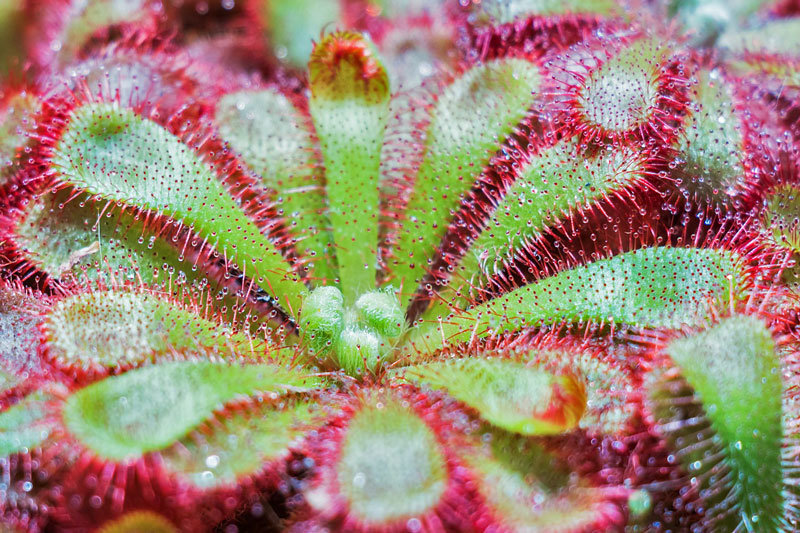
Sundew (Drosera spp.)
The sundew is a pretty recognizable carnivorous plant. They can be found all over the world, and some can live up to 50 years! There are almost 200 species of sundew which come in many different shapes and sizes. In all species, the leaves of sundews are covered with long hairs tipped with a sweet, sticky liquid.
The leaves attract insects like flies, which land on the sweet substance for a quick snack. The hairs act like flypaper and immediately trap the victim. As if simply trapping the insect isn’t enough, the leaf actually curls around its prey to cover it with as many sticky hairs as possible. These hairs are also covered in digestive juices which start to eat the insect instantly.
Sundews also make great houseplants. Along with their shimmering leaves, they can help keep flies and other pests at bay.
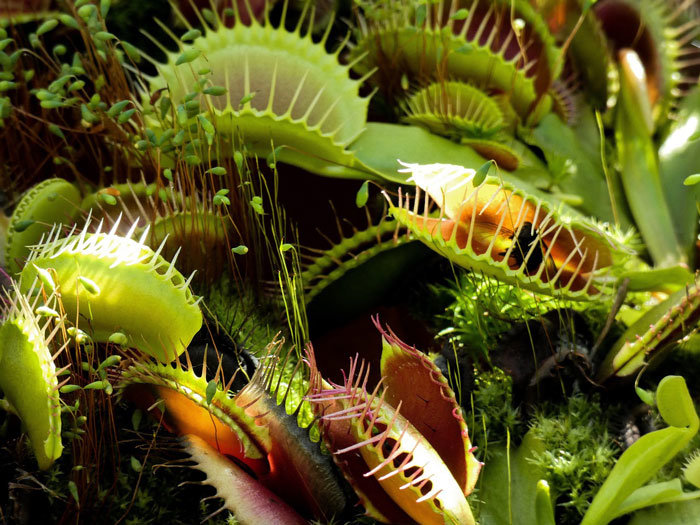
Venus Fly Trap (Dionaea muscipula)
The venus fly trap is one of the most iconic carnivorous plants. One reason this rare plant is so cool is how it catches its prey. The “mouth” of the plant is actually two modified leaves that create a landing platform, each one with a few small hairs. When insects walk around on the platform, they trigger the hairs one by one. If more than one hair is triggered within a few seconds of each other, the plant snaps closed, trapping its prey. Then the plant releases digestive enzymes to soak up all those tasty nutrients.
Although the venus fly trap looks like something you’d only find deep in a tropical jungle, they are actually found much closer to home for a lot of us. In fact, they can only be found in the wild in certain bogs in North and South Carolina.
Another reason this plant is so cool is that they are quite easy to take care of. They are grown as houseplants all over the world, so you may have seen them in your neighborhood garden store.
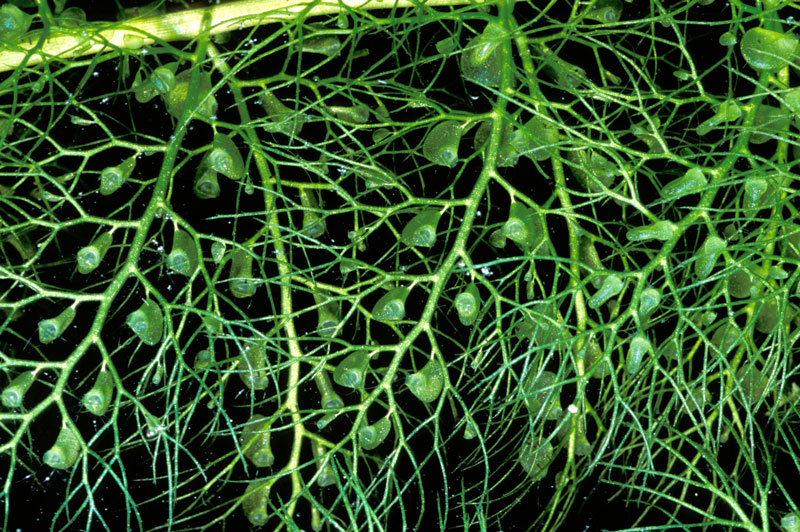
Photo by Barry Rice via USDA
Bladderwort (Utricularia spp.)
Bladderworts can be found on every single continent except for Antarctica. So while this plant isn’t nearly as rare and specialized as other carnivorous plants, it’s certainly the most unique. First of all, bladderworts grow underwater, which means they are the only plant able to eat aquatic animals!
The main reason bladderworts are so cool is how they catch their prey. The plants are loaded with “bladders” which are little air-filled bags. When a tiny aquatic insect touches trigger hairs (similar to a venus fly trap) the bag of air opens and expands, which sucks in water along with the insect. Then, the bag that’s now filled with water closes instantly, trapping the insect. All of this happens in a few milliseconds.
Interestingly, bladderworts are the only carnivorous plant to use suction to trap their prey. For this reason, the trap is said to be one of the most sophisticated structures in the plant world.
Think we missed one of the coolest carnivorous plants? Let us know!










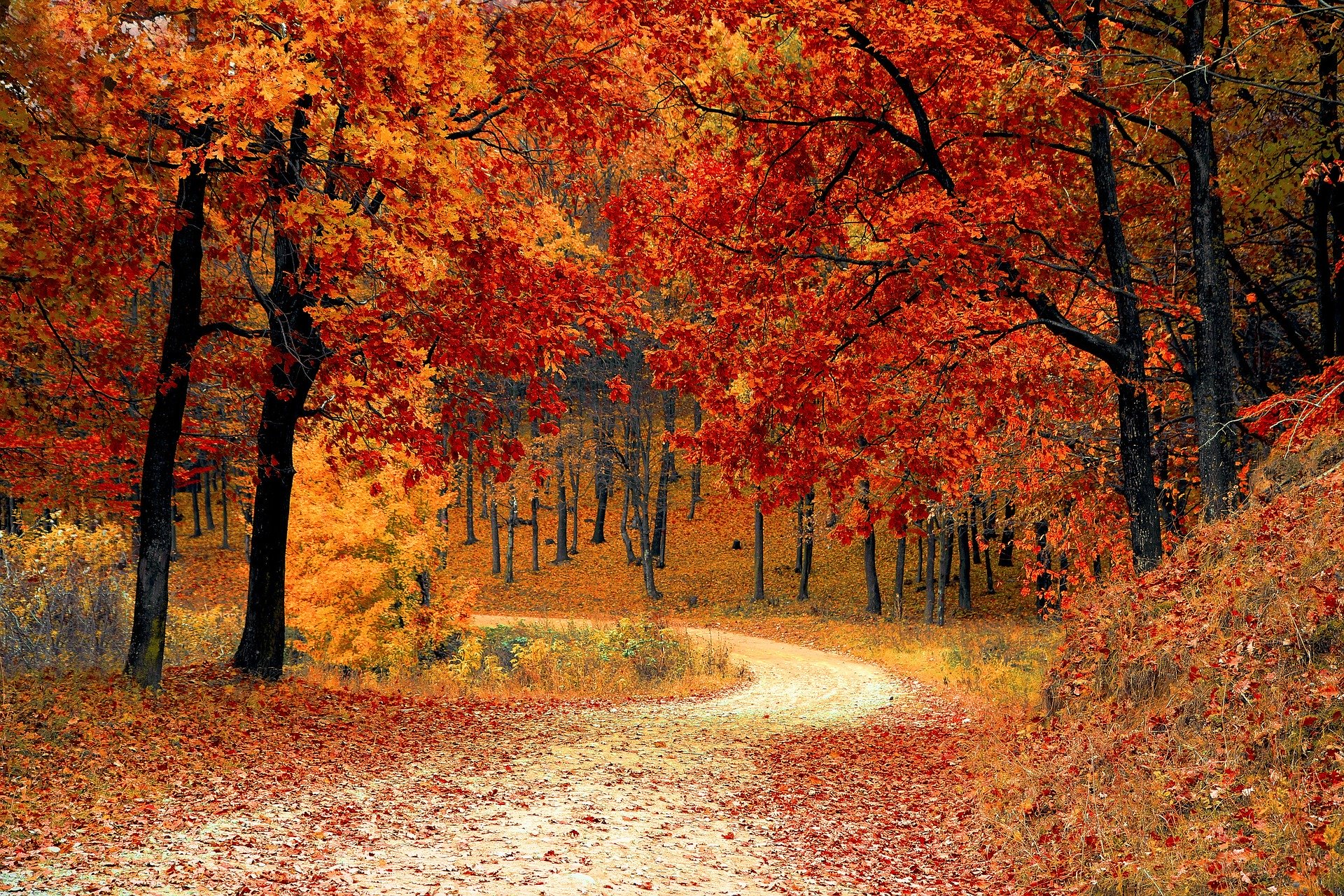
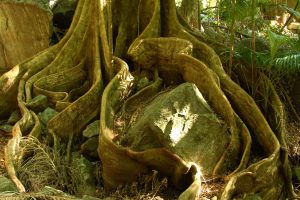

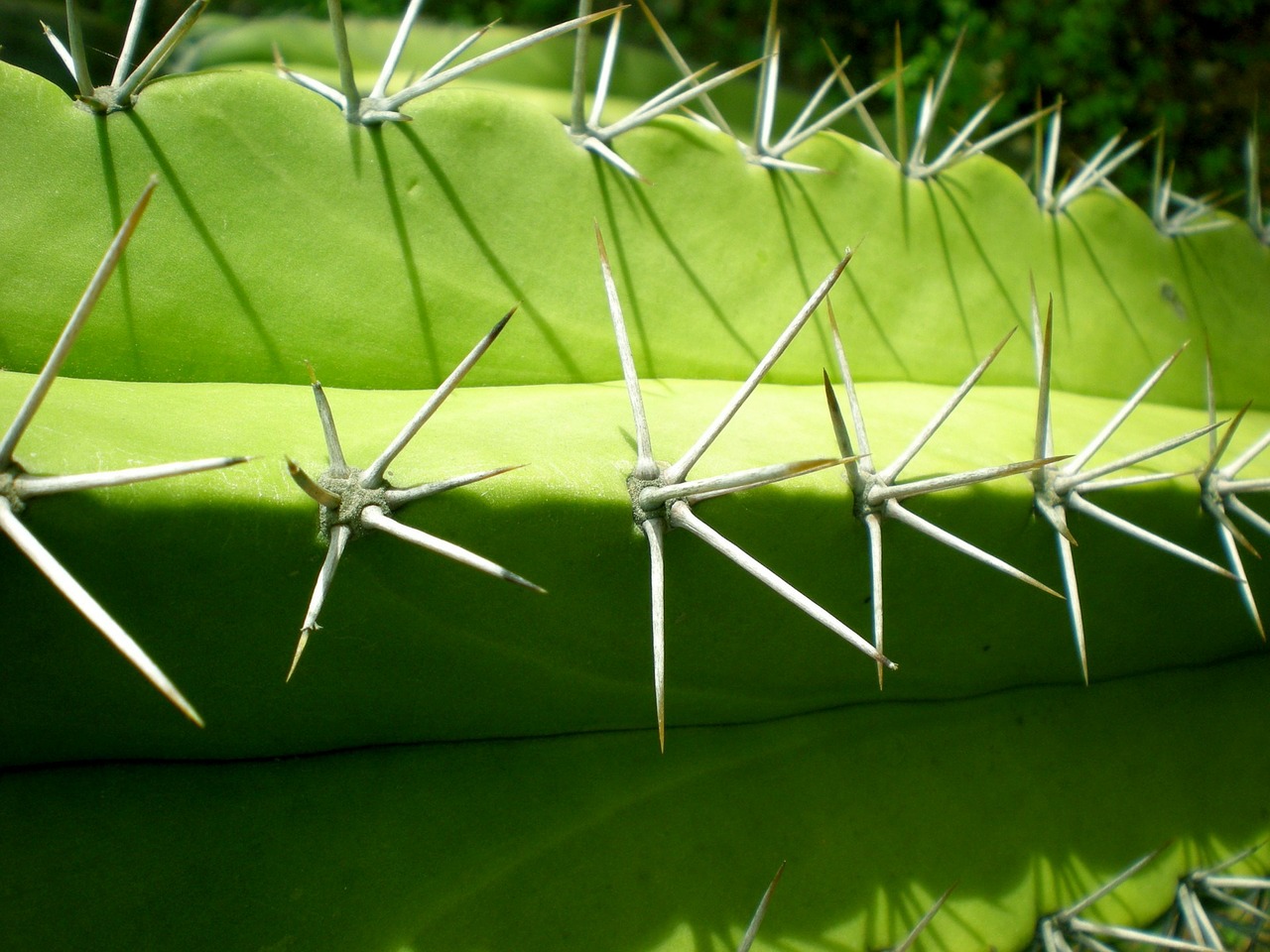
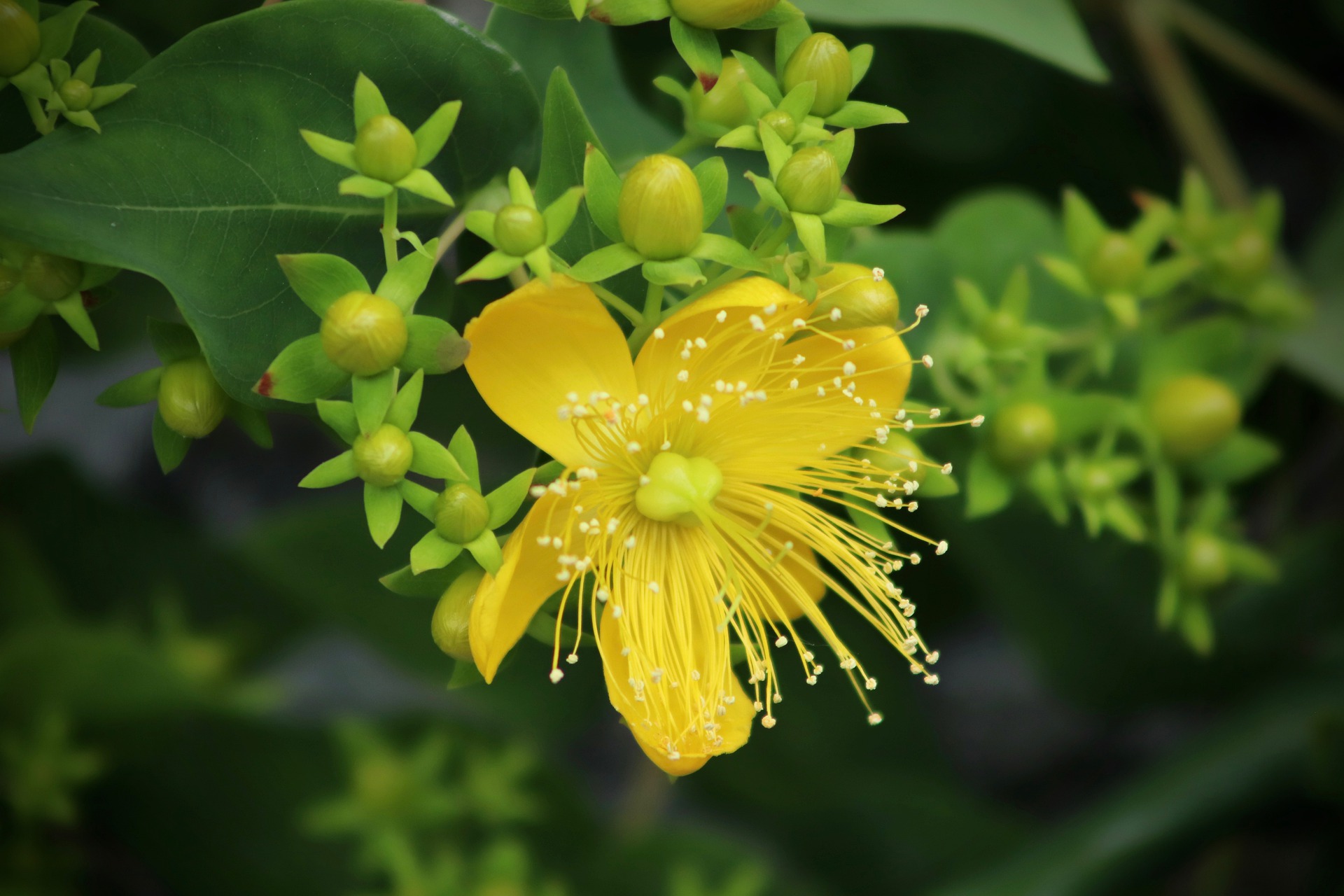
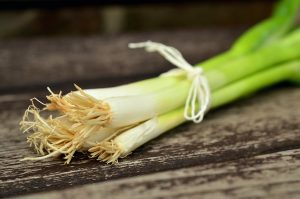
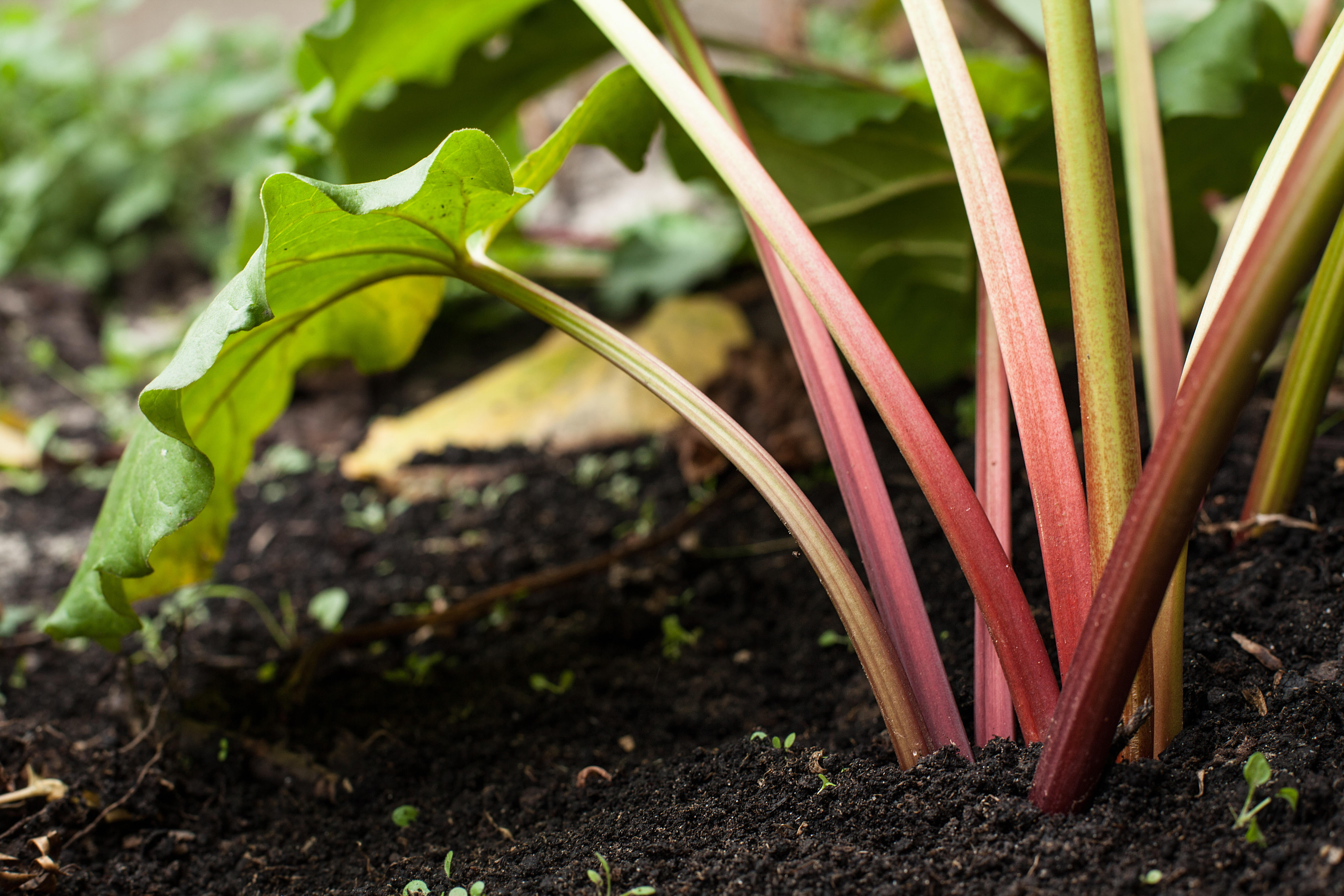

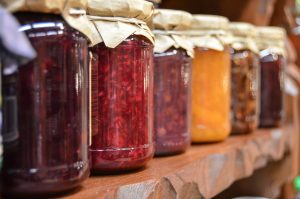
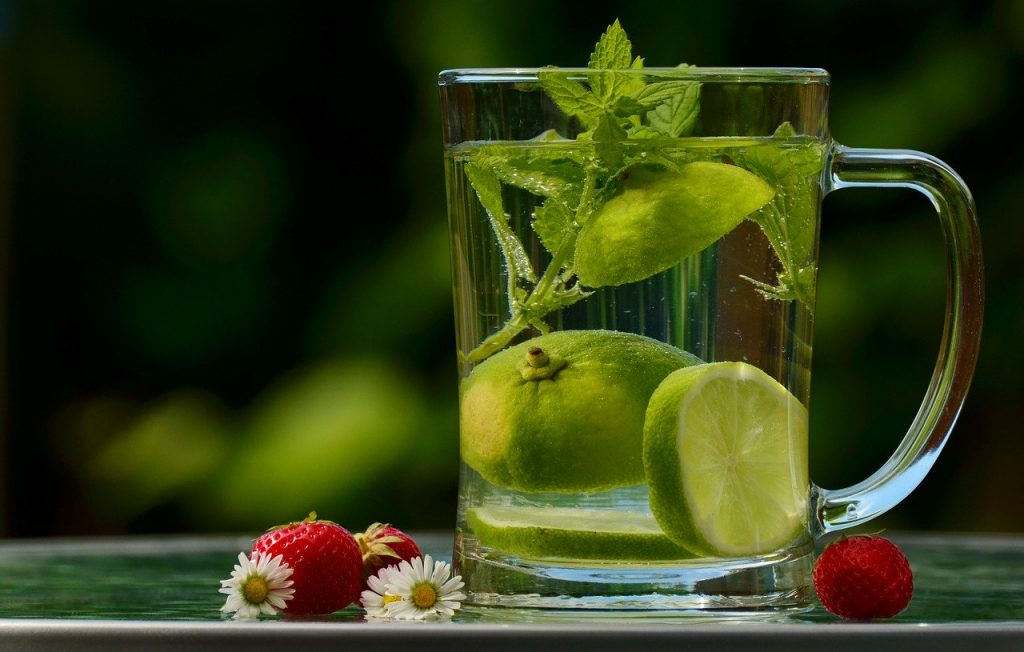
Generally I don’t learn article on blogs, however I would like
to say that this write-up very pressured me to check out and do it!
Your writing taste has been surprised me. Thanks, very great article.
Whoah. What’s for dinner??? lol
What kind of water must you keep bladderworts in. R they as much trouble as fish tanks.
Hi Deni! You can grow bladderworts in a mix of perlite and peat, as long as you keep it very wet with mineral free water. They also need lots of light.